William Martin Conway, 1st Baron Conway of Allington, was an Englishman who was many things, but he is mostly remembered for his mountaineering ascents of a subsidiary summit of Baltoro Kangri, Sorata, and Illimani in the Bolivian Andes.
He was also a Cambridge scholar at Trinity College where he studied mathematics and befriended Karl Pearson. Besides being a mountaineer, Conway, known as Sir Martin Conway from 1895 to 1931, was also a cartographer, politician, and art critic.
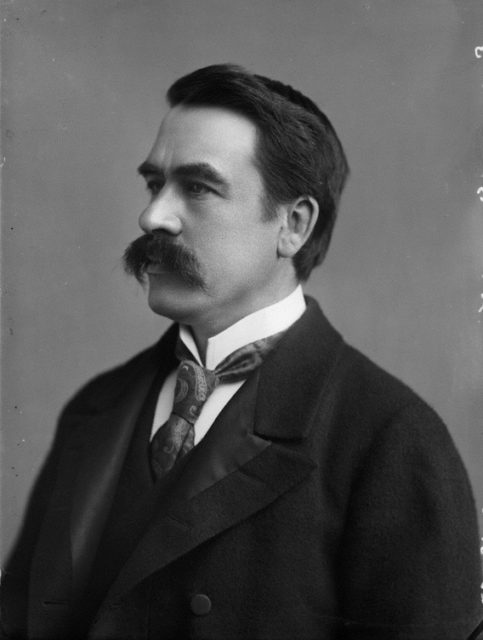
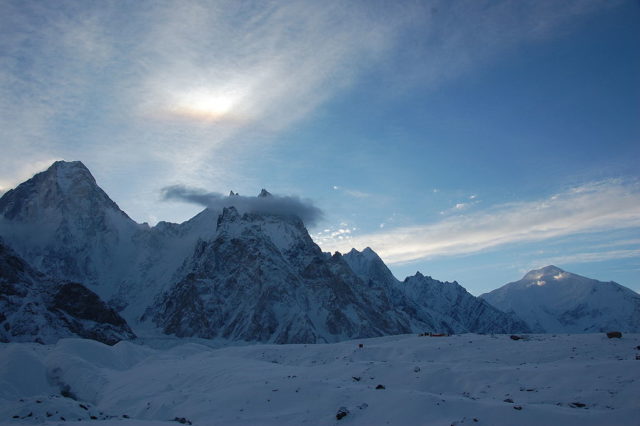
Born in Rochester, 1856, Conway was a brilliant scholar who later became the rector of St. Margaret’s, Westminster. Besides being an academic, he was interested in engraving, woodcuts, and early printed books. In 1884, he published his book “History of the Woodcutters of the Netherlands in the Fifteenth Century.”
He was passionate about mountaineering and in 1892 he made an ascent of a subsidiary summit of Baltoro Kangri along with the mountaineering and exploring expedition undertaken under the auspices of the British Association, the Royal Geographic Society, and the Royal Society. He claimed a world altitude record with a height of 23,000 (7,010 meters), which with the use of more modern instruments has been revised to 22,322 feet (6,804 meters).
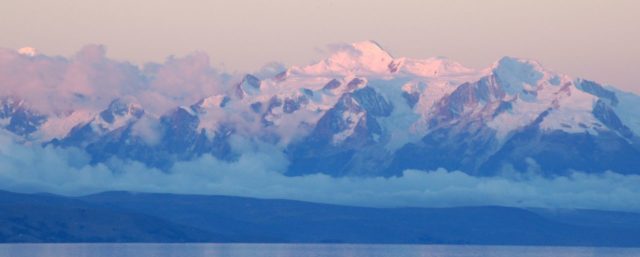
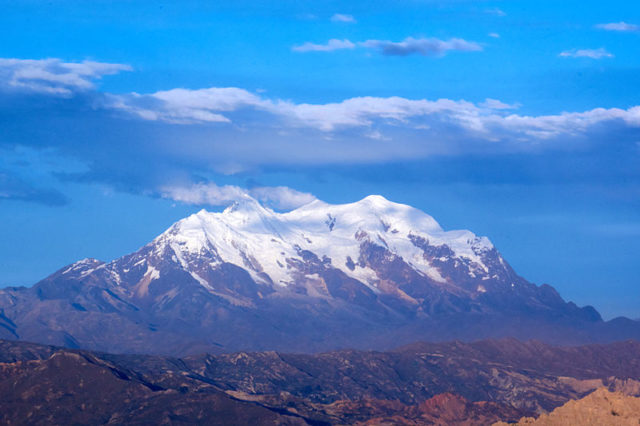
Between 1896 and 1897, Sir Conway explored the interior of Spitsbergen, the largest island of the Svalbard archipelago in northern Norway. The next year he traveled to South America where he surveyed the Bolivian Andes, climbing Ancohuma (previously known as Sorata), the third highest mountain in Bolivia (after Sajama and Illimani) at an altitude of 21,086 feet (6,427 meters), and he also made the first ascent to Illimani, the highest mountain in the Cordillera Real, at 21,122 feet (6,438 meters).
Conway also attempted Aconcagua, the highest mountain outside Asia, at 22,838 feet (6,961 meters) but was forced to stop when only 50 feet from reaching the summit. However, he continued to the south and explored Tierra del Fuego and made an attempt on Sarmiento.
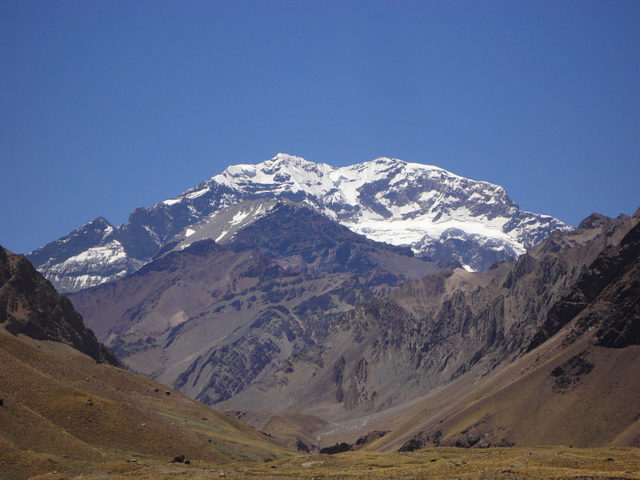

Conway was a member of the Alpine Club and was a president of the club from 1902 to 1904. He received the gold medal for mountain surveys at the Paris exhibition of 1900, and in 1905 he was awarded the Founders Medal of the Royal Geographical Society. He evaluated the evidence from the 1924 British Mountaineering Expedition and believed that Andrew Irvine and George Mallory had climbed Mount Everest. But whether they did or not is still a subject of speculation.
Besides passionately climbing mountains, Conway was Professor of Art at the University College, Liverpool from 1884 to 1887, and from 1901 to 1904, he was Slade Professor of Fine Art at Cambridge University. In 1895, Conway was knighted for his mapping of 2000 square miles of the Karakoram Range in the Himalayas in 1892. In 1889, Sir Conway published a book about Albrecht Dürer.


This Cambridge fellow also had an interest in politics. In 1918, he was elected Unionist Member of Parliament for the Combined English Universities and served as such until 1931, when he was raised to the peerage as Baron Conway of Allington in the County of Kent, in the Dissolution Honours. If all this wasn’t enough, he also went on to become the first Director-General of the Imperial War Museum and a trustee of the National Portrait Gallery.
Read another story from us: E.T. Compton – The mountain painter who made at least 27 first ascents
Conway died in London, in 1937, at the age of 81. His photograph collection can be found at the Courtauld Institute of Art in London.
